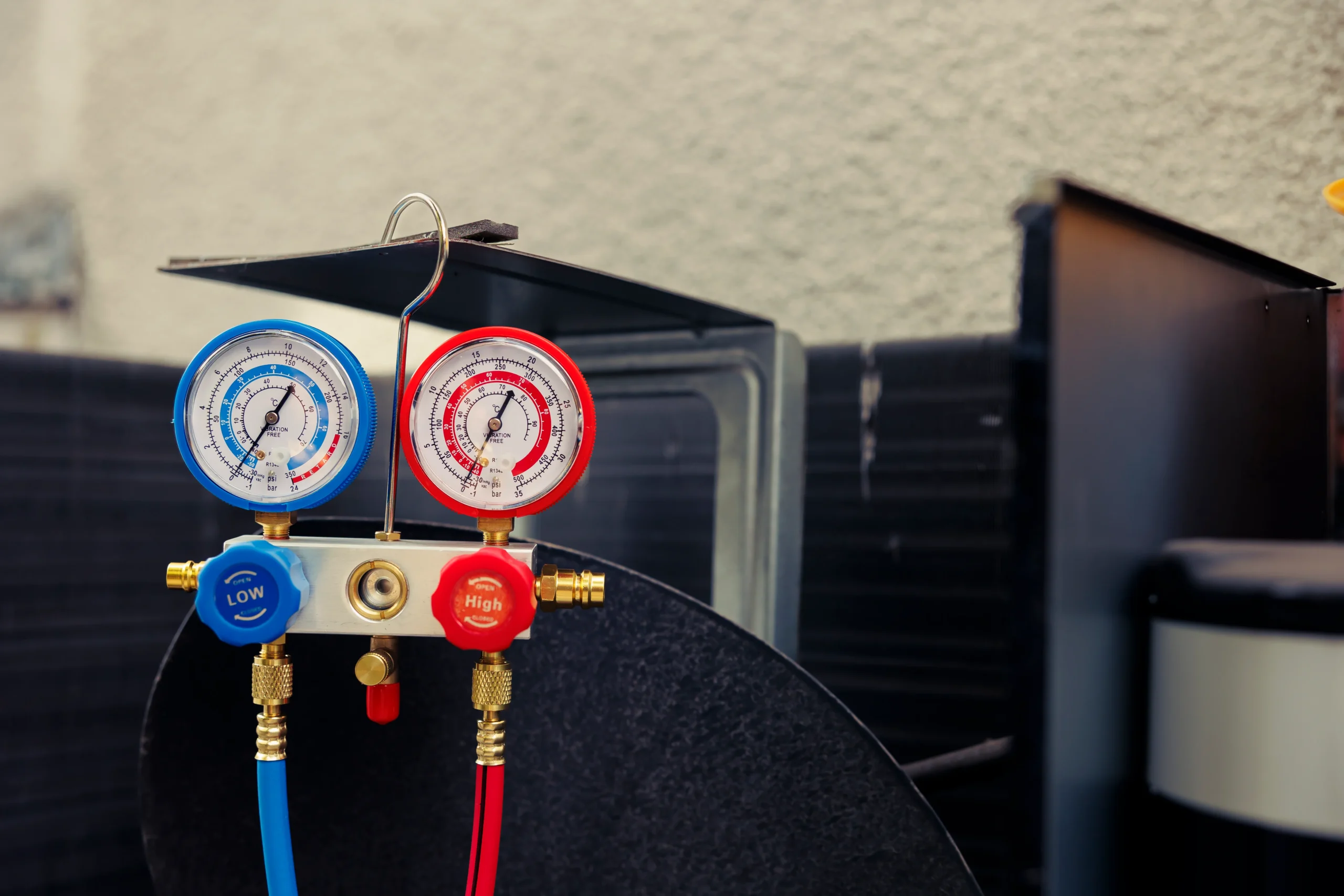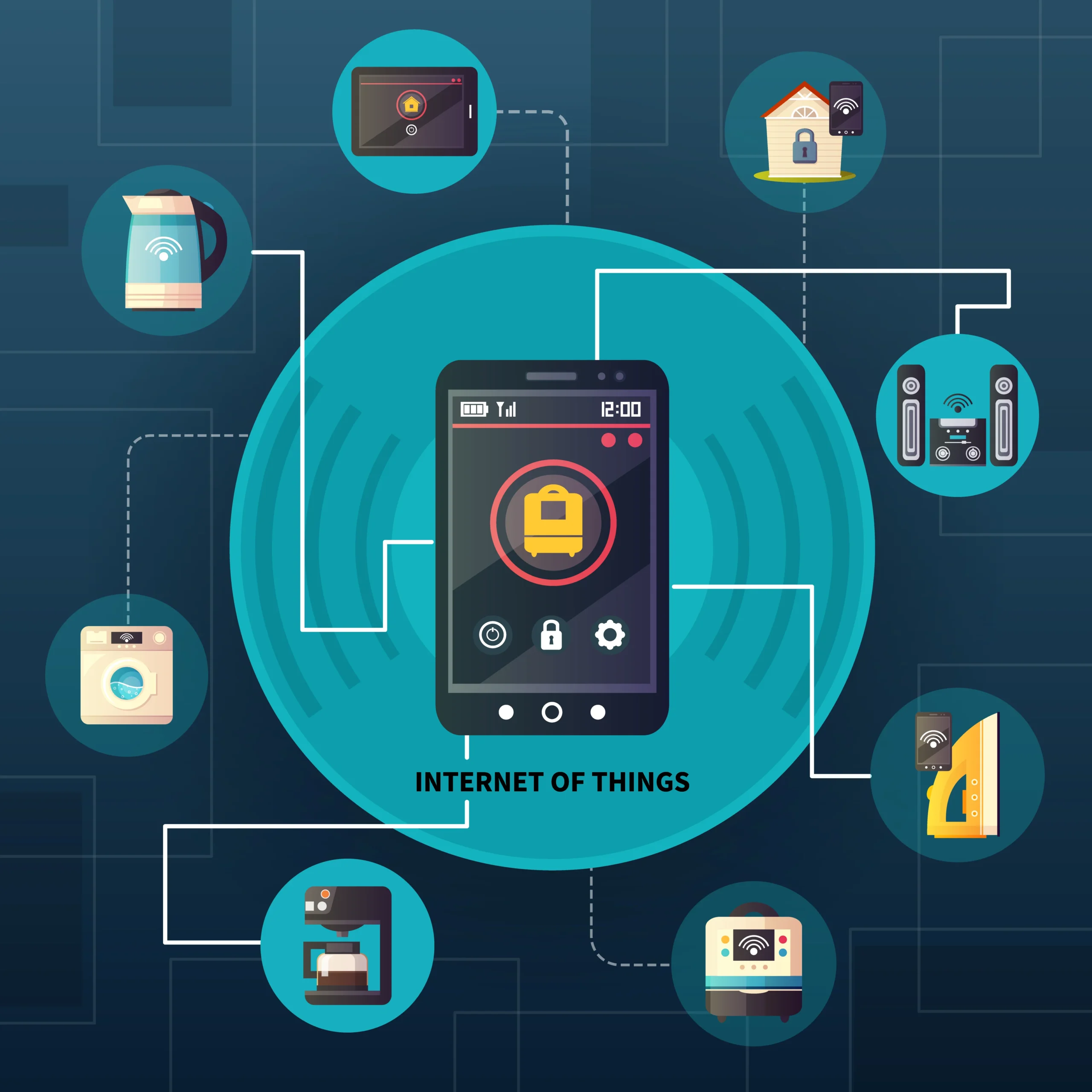In today’s fast-paced world, emergency situations can escalate quickly, making it crucial for communities to stay informed. The Zeno Radio EAS Alert Feature is a powerful tool for broadcasters, allowing them to provide real-time emergency updates during critical events. Whether it’s a natural disaster, an extreme weather event, or a public safety alert, this feature ensures that radio stations can deliver timely information, helping to protect lives and reduce chaos. In this article, we’ll explore the benefits of this feature, how it works, and why it’s essential for broadcasters to integrate it into their systems.
Why Is the Zeno Radio EAS Alert Feature Important?
The Zeno Radio EAS Alert Feature plays a key role in enhancing public safety and compliance with emergency communication regulations. Let’s explore why it’s so important for broadcasters to integrate this feature into their operations.
Public Safety and Compliance
Emergency communication is not just a matter of best practice; in many jurisdictions, it’s a legal requirement. Broadcasters have a responsibility to notify the public during emergencies such as hurricanes, floods, wildfires, or other crisis situations. The Zeno Radio EAS Alert Feature helps stations meet federal and regional emergency broadcast requirements by enabling seamless integration with the Emergency Alert System (EAS).
By using this feature, radio stations can quickly broadcast official alerts from government agencies, ensuring that their audience receives critical information. This feature also allows broadcasters to comply with regulations from the Federal Communications Commission (FCC) and other regulatory bodies that require public service during emergencies.
Trust and Reliability with Listeners
During times of crisis, people turn to trusted sources of information. A reliable broadcaster can make all the difference when lives are at risk. The Zeno Radio EAS Alert Feature helps stations build and maintain that trust by providing listeners with timely, accurate, and relevant emergency updates.
By incorporating the Zeno Radio EAS Alert Feature, broadcasters can demonstrate their commitment to serving their community. This builds loyalty among listeners, who are more likely to rely on that station in the future when a crisis occurs. Providing critical emergency alerts also positions the station as a valuable resource and trusted authority during uncertain times.
How Does the Zeno Radio EAS Alert Feature Work?
The Zeno Radio EAS Alert Feature is designed to be easy to set up and use, yet powerful enough to handle the demands of emergency broadcasting. Here’s how it works and how broadcasters can integrate it into their systems.
Integrating the EAS with Zeno Radio
To use the Zeno Radio EAS Alert Feature, broadcasters need to connect their Zeno Radio account with an EAS encoder/decoder. The encoder/decoder is an essential device that allows radio stations to send and receive emergency alerts through the Emergency Alert System.
Once the encoder/decoder is set up, broadcasters can link it to their Zeno Radio stream, enabling them to seamlessly broadcast emergency alerts to their listeners. This integration ensures that stations can deliver alerts quickly and efficiently, with no interruptions to their regular programming.
Step-by-Step Setup Guide for Broadcasters
Setting up the Zeno Radio EAS Alert Feature is straightforward, but it’s important for broadcasters to follow the steps carefully. Here’s a quick overview of the process:
- Create a Zeno Radio Account: To begin using the EAS Alert Feature, broadcasters must first create a Zeno Radio account. This is the central hub for managing your broadcasts and emergency alerts.
- Connect to an EAS Encoder/Decoder: The next step is to connect your Zeno Radio account to an EAS encoder/decoder. This device is the heart of the emergency alert system, enabling you to send and receive critical messages from local authorities.
- Configure Alert Settings: Once your encoder is connected, you’ll need to configure the alert settings within your Zeno Radio dashboard. This includes determining the types of emergency alerts you’ll receive and how they’ll be broadcast.
- Test Your System: Before using the Zeno Radio EAS Alert Feature in a real emergency, it’s crucial to test the system. Run a few test broadcasts to ensure everything is working smoothly and that your alerts are being transmitted correctly.
- Go Live in an Emergency: When an emergency alert is issued, the system will automatically trigger the broadcast. Depending on the severity of the event, you may also be able to send additional information or updates to your listeners.
Legal and Compliance Considerations
Incorporating the Zeno Radio EAS Alert Feature into a station’s broadcast system is not just about providing a public service; it’s also about adhering to legal requirements. The Federal Communications Commission (FCC) mandates that certain emergency alerts must be broadcast by radio stations, especially in cases of national or regional significance.
The Zeno Radio EAS Alert Feature helps ensure compliance with these regulations, allowing stations to broadcast emergency messages issued by local, state, or federal authorities. It also helps broadcasters avoid penalties for failing to meet their emergency broadcast obligations.
By using this feature, radio stations demonstrate their commitment to both public safety and the rule of law. It’s a win-win situation: the public benefits from timely emergency alerts, and broadcasters stay compliant with the law.
Benefits of the Zeno Radio EAS Alert Feature for Listeners
While the Zeno Radio EAS Alert Feature is primarily designed to serve broadcasters, it also offers significant advantages for listeners. Here are a few ways in which this feature enhances the listener experience:
- Timely Information: In emergencies, time is of the essence. The Zeno Radio EAS Alert Feature ensures that listeners receive important information as soon as it’s available. Whether it’s an evacuation order, a weather warning, or other critical updates, the feature helps keep people safe by providing them with the knowledge they need to make informed decisions.
- Wide Reach: Radio remains one of the most reliable forms of communication, especially when other systems (such as the internet or mobile networks) may fail during disasters. The Zeno Radio EAS Alert Feature allows broadcasters to reach a wide audience, ensuring that listeners in affected areas stay informed, no matter where they are.
- Actionable Alerts: The alerts broadcasted through the Zeno Radio EAS Alert Feature aren’t just informative—they’re designed to be actionable. They guide listeners on what to do next, such as evacuating a building, staying indoors, or avoiding certain areas. This can save lives during critical situations.
Case Studies: Real-World Impact of the Zeno Radio EAS Alert Feature
While theoretical explanations are helpful, real-world examples can better illustrate the value of the Zeno Radio EAS Alert Feature. Here are a few case studies showcasing how this feature has been used during actual emergencies:
Hurricane Katrina:
In the wake of Hurricane Katrina, many radio stations were able to use emergency alert systems to broadcast evacuation orders and safety updates. The Zeno Radio EAS Alert Feature would have played a vital role in helping affected communities stay informed, particularly in areas with limited access to other forms of communication.
California Wildfires:
In California, where wildfires frequently threaten homes and communities, broadcasters using the Zeno Radio EAS Alert Feature have been able to send out timely evacuation notices and fire warnings to listeners. This helps residents take appropriate action before the fires become too dangerous.
Severe Winter Storms:
During severe winter storms, radio stations can use the Zeno Radio EAS Alert Feature to broadcast weather advisories, warnings of freezing temperatures, and information about road closures. In these situations, timely alerts can prevent accidents and injuries.
Conclusion
The Zeno Radio EAS Alert Feature is an indispensable tool for broadcasters, providing them with a powerful, efficient, and compliant way to broadcast emergency alerts. By integrating this feature into their systems, radio stations can enhance public safety, build trust with their audiences, and meet legal obligations. In times of crisis, this feature ensures that the public has access to the critical information they need to stay safe and make informed decisions. For broadcasters, it’s an essential part of responsible, community-focused broadcasting.
Incorporating the Zeno Radio EAS Alert Feature is a step toward making radio a more reliable source of information during emergencies, helping to save lives and keep communities informed when it matters most.


